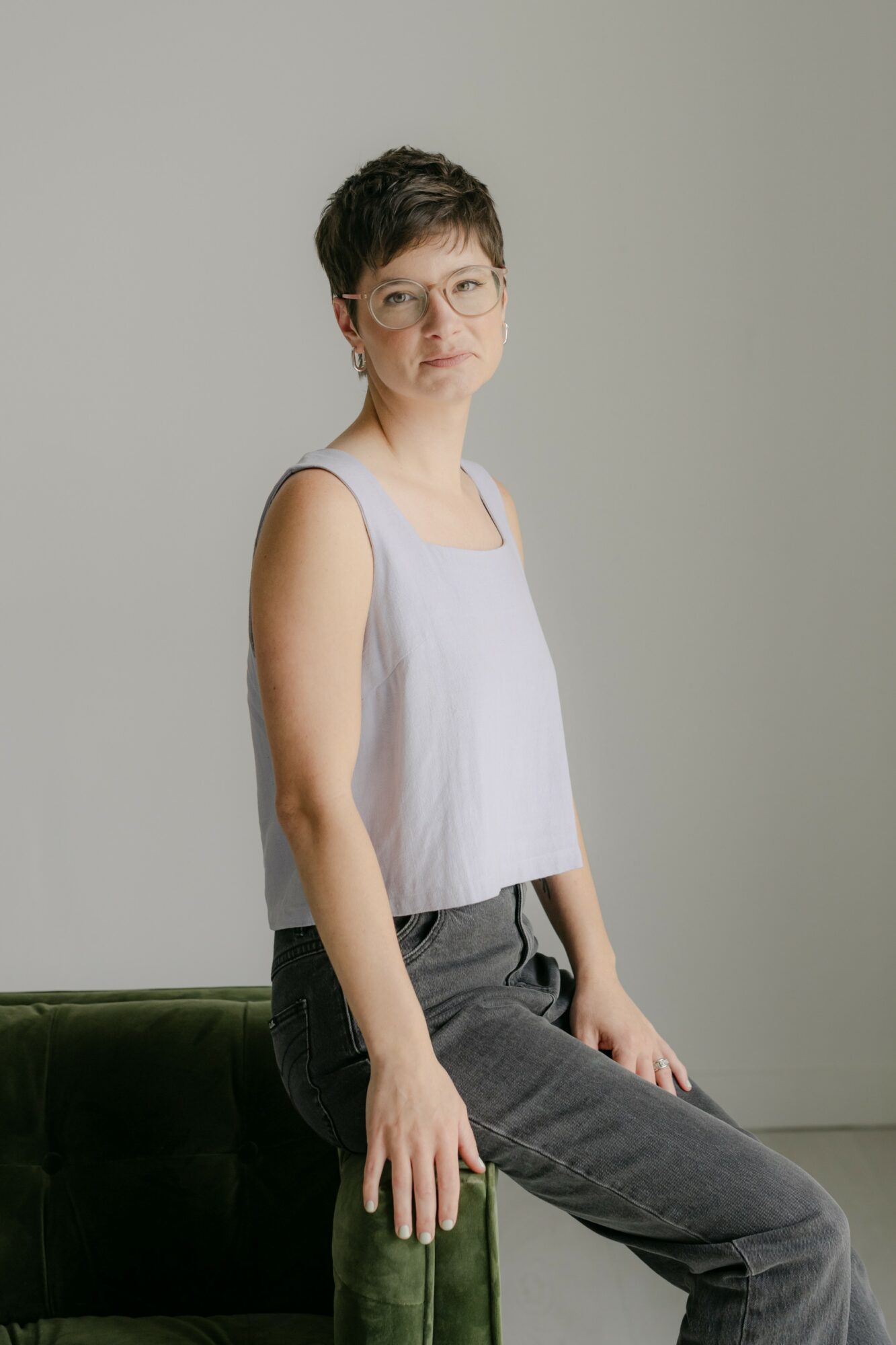

Today we’d like to introduce you to Tiffany Weinbender.
Hi Tiffany, thanks for sharing your story with us. To start, maybe you can tell our readers some of your backstory.
My journey into the world of flowers started on a cut flower farm in Northeast Tennessee, back when my husband and I were both in school and juggling multiple jobs as I finished my nursing degree. I didn’t know it then, but that flower farm would plant the seed for something much bigger. We moved to Texas and I started working in the hospital and quickly realized healthcare wasn’t the right fit for me, and I found myself back freelancing on my off days on a flower farm in Austin and with multiple florists. That opened the door to a vibrant floral community, more creative opportunities, and eventually my own events. One thing led to another, and Ida Mayes was born. It’s been 15 years since that first farm job and 7 years running my own floral business. It’s been a winding path, but I wouldn’t trade it for anything.
We all face challenges, but looking back would you describe it as a relatively smooth road?
I don’t think I’ve met anyone in the floral world who found their way into it smoothly. Flowers may be beautiful, but the work behind them is anything but easy—and success in this industry is definitely hard-won. In Austin especially, the wedding florist market is incredibly saturated. Getting your foot in the door and building consistency takes time and persistence.
For most of us, it’s about slowly cultivating a wide range of relationships and having the patience to keep showing up and nurturing them. I often tell newer florists that this is a marathon, not a sprint. The people who succeed are the ones who know how to push through the slower seasons, pivot with each shift in the market, stay relevant in a scene that’s constantly evolving with new talent, and seize momentum when it shows up. And more than anything, they deeply understand the business side of their business—because honestly, about 80% of the job isn’t flowers.
Appreciate you sharing that. What else should we know about what you do?
I’ve always been a creative at heart—I don’t think I’ve ever met a craft I didn’t take to pretty naturally. For much of my life, photography and painting were my main creative outlets, and both have had a huge influence on my work as a florist. Having a strong understanding of composition and color before ever touching a flower has allowed me to approach floral design with confidence, even in the early days. It lets the creative part of my brain lead when I’m developing new skills and honing techniques.
What really sets us apart, though, is the blend of creativity and organization. I’ve worked in a range of roles—from hospitality and styling to editing for HGTV, and finally nursing—and those experiences gave me a process-driven mindset that’s not always typical in creative fields. So while I’m absolutely a flower-loving creative at my core, I’m also that type-A achiever who doesn’t need external pressure to push for excellence. I’m always asking how we can do things better—whether that’s in our design work, internal processes, or client experience.
There’s always room to refine, to improve, and to serve our clients at a higher level. That’s something I take seriously. Our planner partners know that their clients are in good hands with us. No matter what comes up, we go above and beyond to deliver with consistency, care, and excellence.
What would you say have been one of the most important lessons you’ve learned?
Don’t take yourself too seriously.
That’s something my dad told me before I got married, and it’s been a mantra I’ve returned to often—especially in the world of weddings. I naturally tend to take things pretty seriously, and while there’s value in being intentional, I’ve learned that in both life and business, you have to hold things a little more loosely.
There’s only so much you can control, and in weddings, that control is even more limited. You can plan for weeks, do everything perfectly, and something will still go sideways—freelancers cancel last-minute, flash floods block your route to the venue, the caterer shows up hours late and suddenly you’re setting 30 tables in 20 minutes. It happens.
The most important thing I’ve learned is to do the best you can with what you have, then let go of the rest. When something goes wrong and it’s your responsibility, you learn from it. When it’s not, you adapt, pivot, and keep going. Grace and resilience are essential tools in this line of work—and not taking yourself too seriously helps you carry both
Contact Info:
- Website: https://www.idamayes.com
- Instagram: https://instagram.com/idamayesfloral
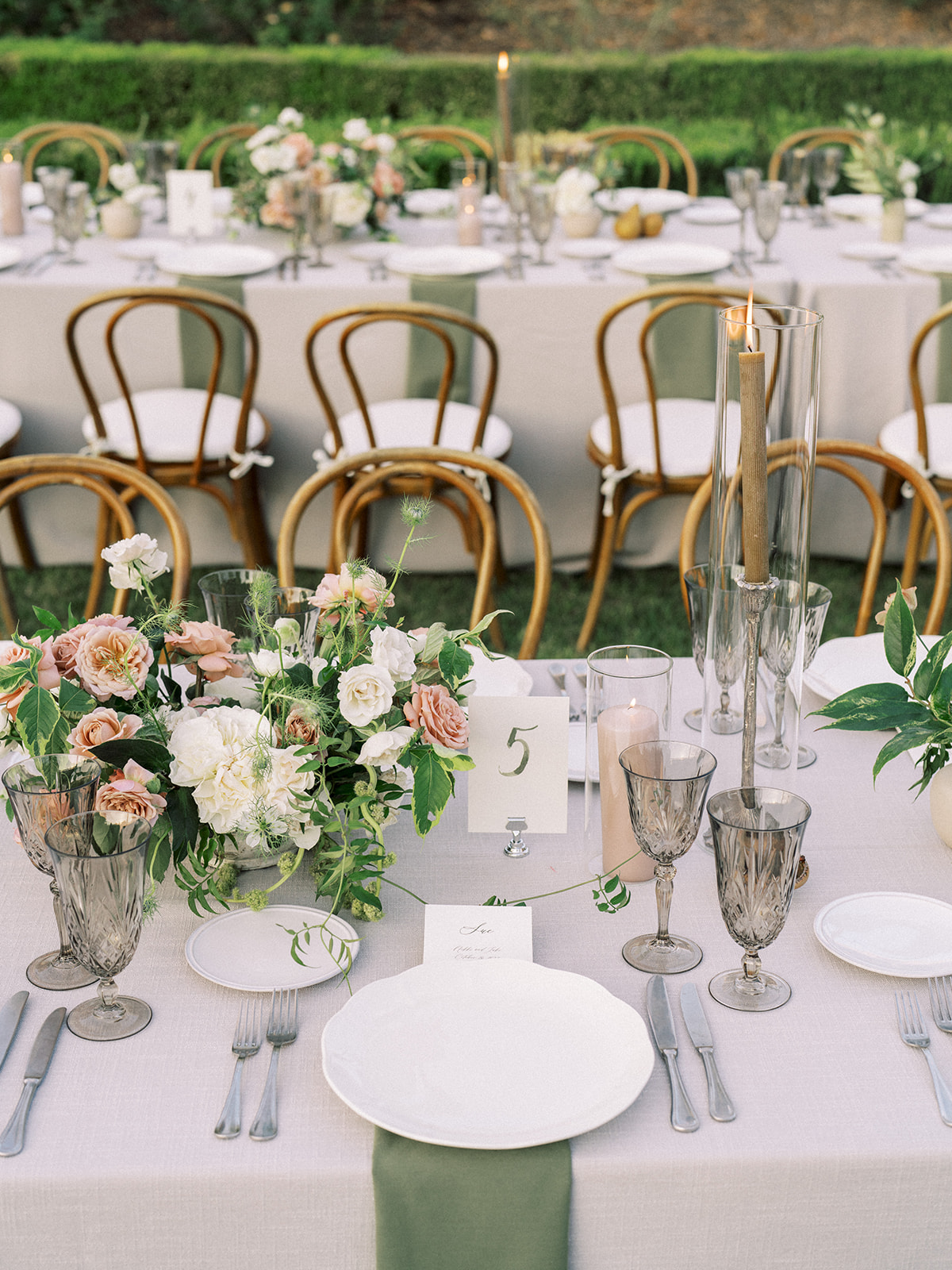
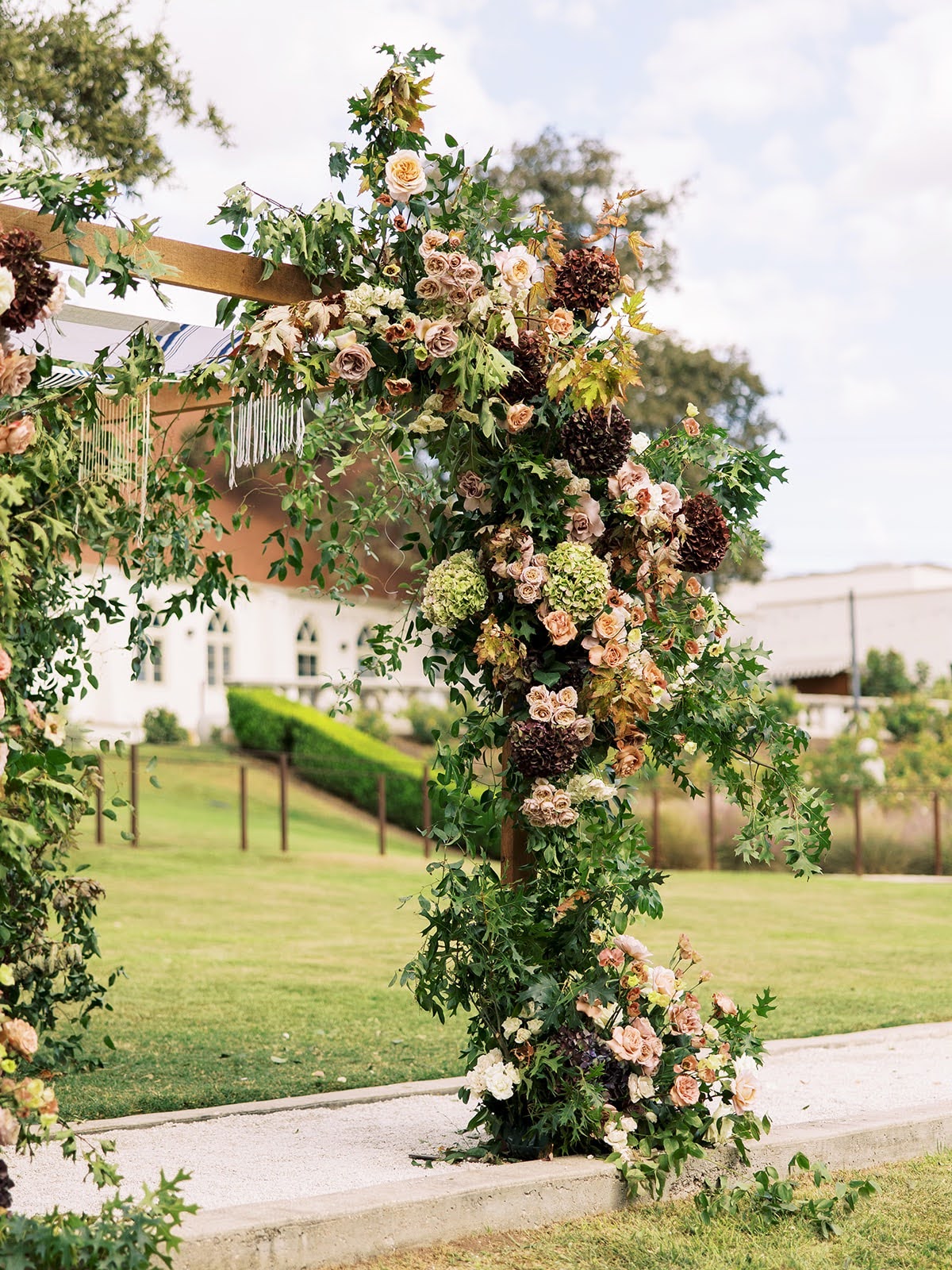
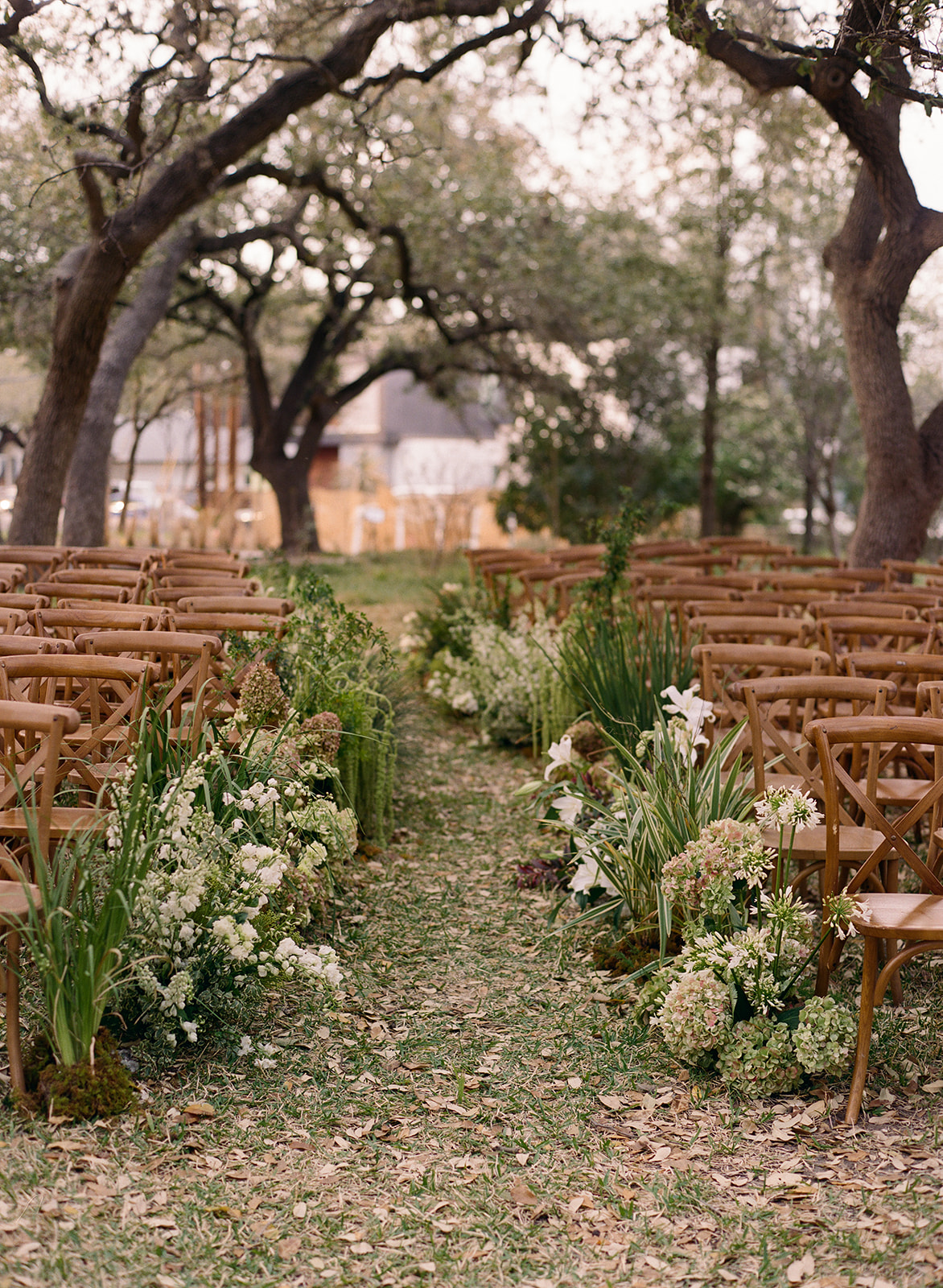
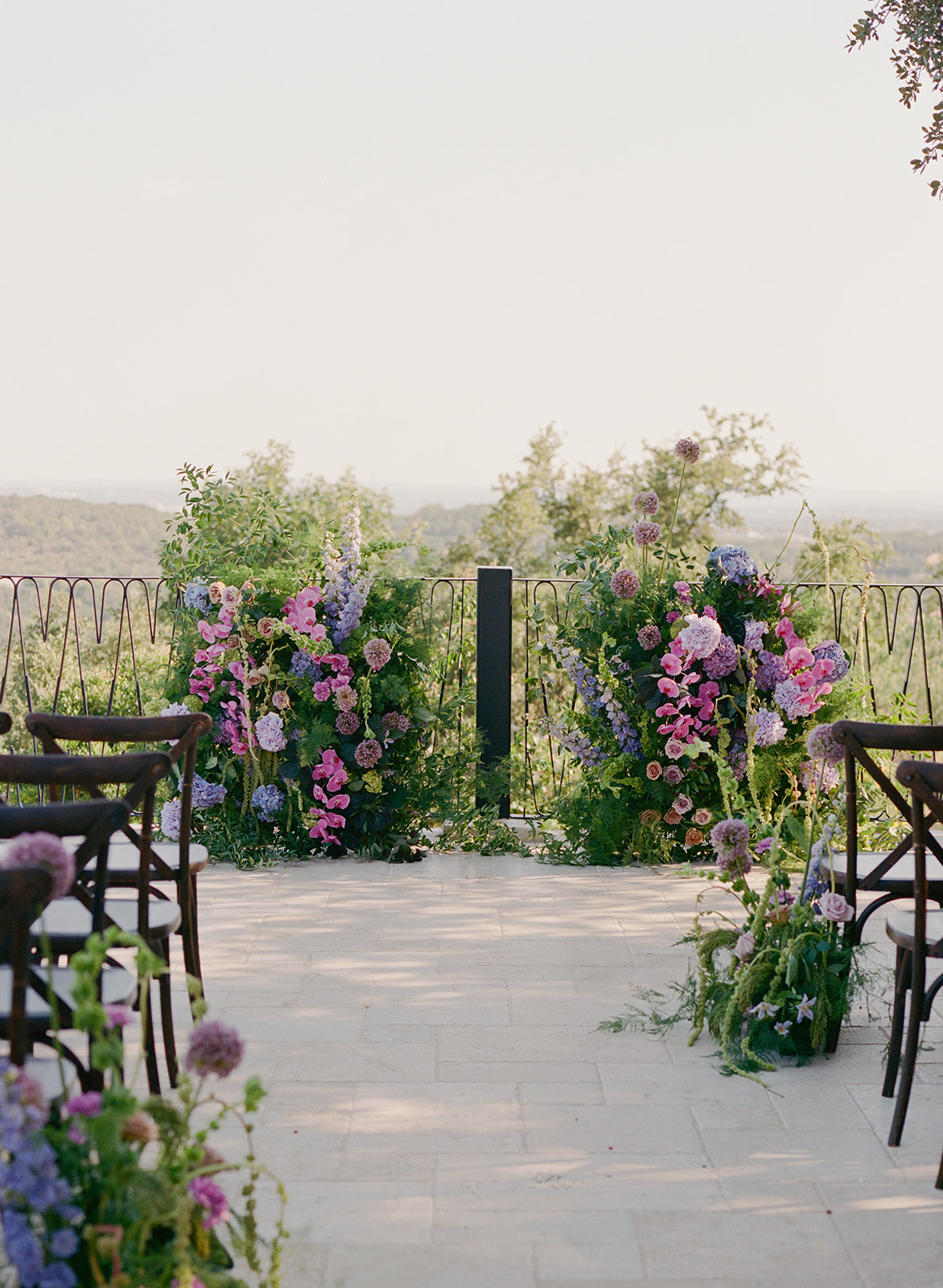
Image Credits
Kayla Snell Photography
Ann Mark Photography













